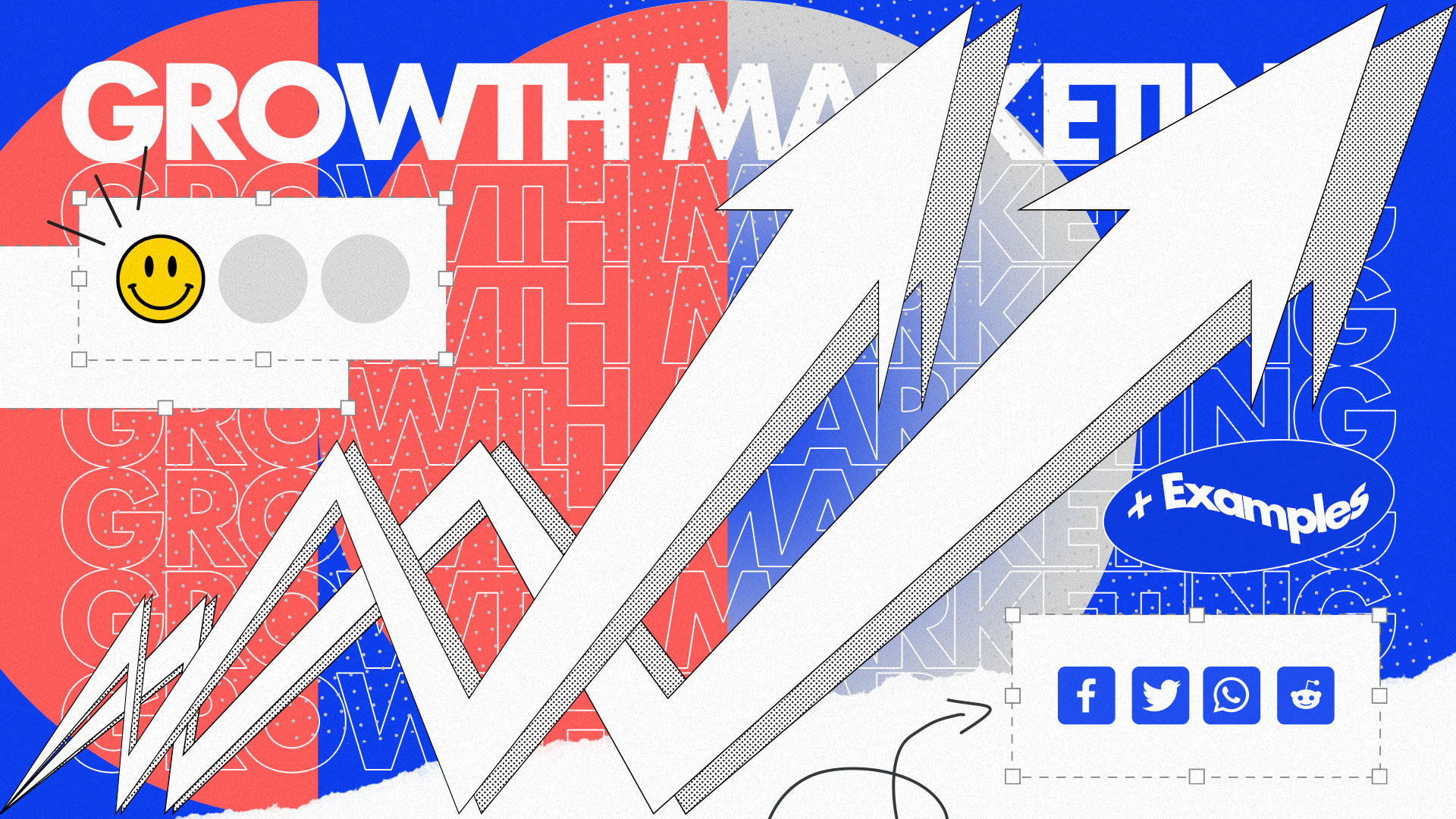Modern businesses face a tough reality: traditional marketing methods often fail to deliver lasting results. You might spend thousands on advertising only to watch customers disappear after one purchase.
Effective growth marketing strategies offer a smarter solution.
Unlike traditional marketing that focuses solely on attracting new customers, growth marketing strategies examine every stage of the customer relationship—from discovery to turning customers into enthusiastic advocates.
The secret lies in data-driven decisions and continuous testing. Companies that master growth marketing strategies measure, test, and optimize constantly.
They understand that keeping customers is just as important as finding new ones.
In this guide, you’ll discover:
- What growth marketing means and why it’s different from traditional approaches
- Six companies that used growth marketing strategies to achieve remarkable results
- Four proven strategies you can implement immediately, including why referral marketing ranks among the most powerful approaches
- Tools that make these strategies accessible without technical expertise
Ready to transform your marketing approach?
What is Growth Marketing?
Growth marketing represents a revolutionary approach that completely flips traditional marketing methodology on its head.
Instead of running separate, disconnected campaigns for brand awareness, lead generation, sales conversion, and customer retention, growth marketing strategies view every aspect of the customer experience as interconnected components of a unified system.
Think of the difference this way: traditional marketing is like fishing with a basic net—you cast it out, catch what you can, and hope for the best results.
Growth marketing strategies are like building a sophisticated aquarium ecosystem where fish naturally thrive, multiply organically, and create conditions that attract even more fish to join the environment.
Here are the benefits of growth marketing that sets it apart from traditional approaches:
- Data drives every single decision.
Growth marketing teams constantly collect customer feedback, analyze behavioral patterns, track engagement metrics, and measure what actually produces results versus what only appears to work.
This eliminates the “I think this campaign will work” mentality that wastes so much marketing budget.
- The entire customer journey receives attention.
From the very first moment someone hears about your brand through social media, search results, or word-of-mouth recommendations, all the way to when they become enthusiastic advocates recommending you to their personal networks, every single touchpoint gets careful attention and systematic optimization.
- Continuous testing becomes standard practice.
Growth marketers are constantly running carefully designed experiments.
They might simultaneously test two different email subject lines to see which generates higher open rates, experiment with various pricing strategies to optimize conversion, or try different onboarding sequences to improve new customer activation rates.
- Cross-functional collaboration is essential.
Unlike traditional marketing teams that often work in isolation, growth marketing focuses on close cooperation between marketing, product development, customer service, and sales teams to create seamless experiences.
Growth Marketing Process
The growth marketing process typically focuses on three interconnected stages that build upon each other:
- Acquiring the right customers: Instead of casting the widest possible net and hoping for volume, you strategically identify and target audience segments who are most likely to genuinely love what you offer and become long-term, valuable customers
- Delivering exceptional experiences: Once someone becomes a customer, you work systematically to provide amazing experiences that exceed their expectations, solve their real problems, and create genuine customer satisfaction that builds customer loyalty
- Expanding relationships naturally: Satisfied customers naturally purchase additional products or services and enthusiastically bring their friends, family, and colleagues into your ecosystem—this is where the real magic and sustainable business growth happens
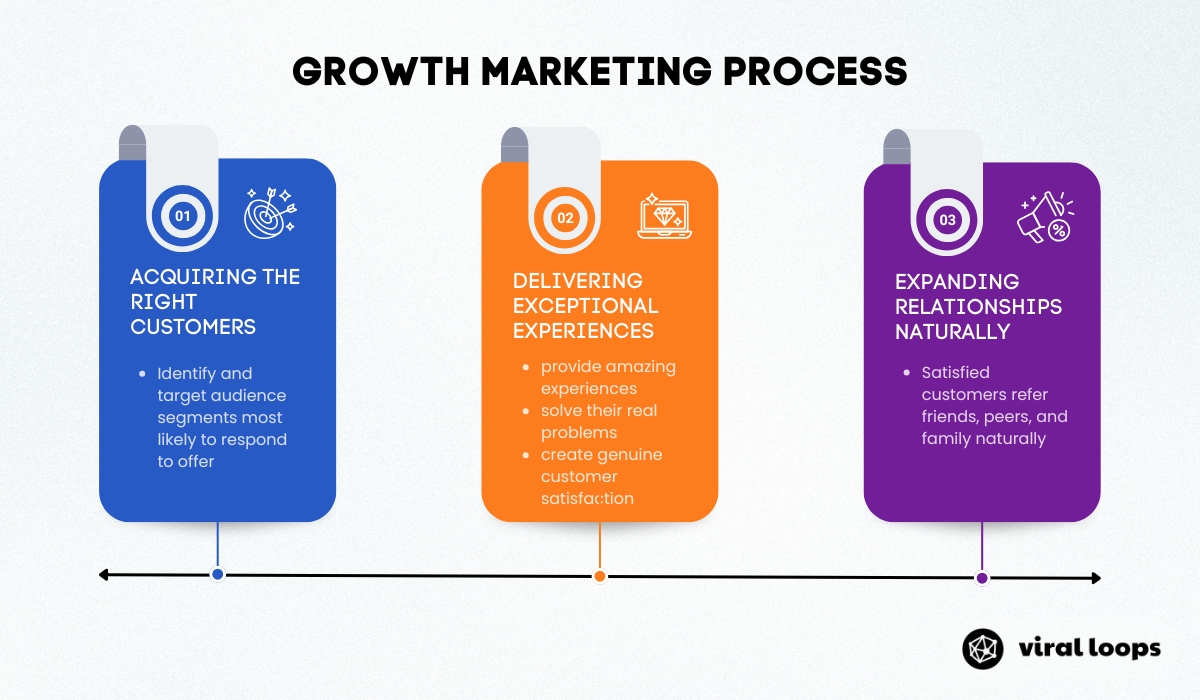
This systematic approach creates powerful compounding effects where your marketing efforts build upon and reinforce each other, rather than starting from scratch with each new campaign or initiative.
6 Inspiring Examples of Growth Marketing Strategies
Let’s examine real companies that have masterfully implemented growth marketing strategies to achieve remarkable results.
Each organization took a distinctly different approach based on their unique circumstances, but they all focused on creating systematic processes that naturally generate ongoing expansion without requiring constant manual intervention.
Example #1: Glossier – Community-First Beauty Revolution
Glossier didn’t attempt to compete with established beauty giants like L’Oréal or Maybelline on traditional marketing budgets or celebrity endorsements.
Instead, they implemented growth marketing strategies that transformed their loyal customers into their most effective marketing team, creating authentic connections that classic marketing simply cannot replicate.
What they strategically implemented: They built an engaged community where real people shared honest, unfiltered beauty experiences and genuine product reviews.
No perfect models with impossible standards or heavily retouched professional photography—just authentic stories and experiences from actual users who looked like their target audience.
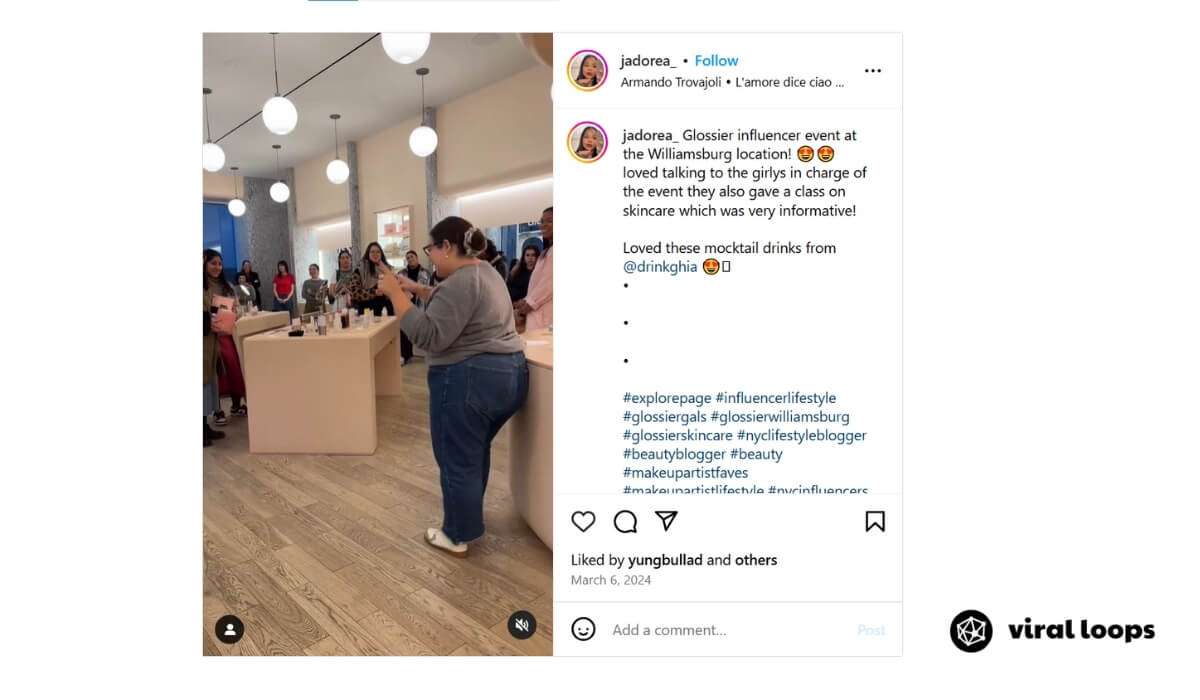
The core strategy behind their success: User-generated content became their primary marketing channel, with customers naturally sharing photos, videos, and stories featuring Glossier products.
This created authentic content that resonated far more effectively than expensive traditional marketing campaigns because it came from trusted peers rather than paid promotions.
Why this approach worked so effectively: People inherently trust recommendations from individuals who seem similar to themselves much more than polished advertisements from brands.
Glossier gave their community a genuine voice, made members feel valued and heard, and created spaces where customers could connect with each other around shared interests and experiences.
Their referral marketing program amplified this community-driven approach by providing incentives for customers to introduce friends to both the products and the community.
This created powerful growth loops where satisfied customers naturally brought new members into the ecosystem.
Key tactics that drove their success:
- Actively encouraged customers to share real, unfiltered experiences across social media platforms
- Featured user-generated content prominently across their website, social channels, and marketing materials
- Built genuine, ongoing customer relationships through consistent engagement and recognition
- Created referral programs that rewarded customers for successfully bringing friends into the community
- Developed exclusive content and early access opportunities that made community membership feel valuable
Example #2: Dropbox – Referral Marketing Excellence
Dropbox created what many consider one of the most successful referral marketing programs in modern business history.
They understood something elegantly simple but remarkably powerful: additional storage space represents genuine, tangible value to users who are already experiencing storage limitations.
What they strategically implemented: Both the person making the referral and the new customer received additional free storage space when someone successfully joined through a referral link.
This created a win-win scenario that felt natural and helpful rather than forced or manipulative like many classic marketing approaches.
The underlying strategy: They integrated the referral program directly into their core product experience.
Users encountered sharing opportunities naturally while actively using Dropbox for their daily file storage needs, making participation feel genuinely helpful rather than like an intrusive sales pitch.
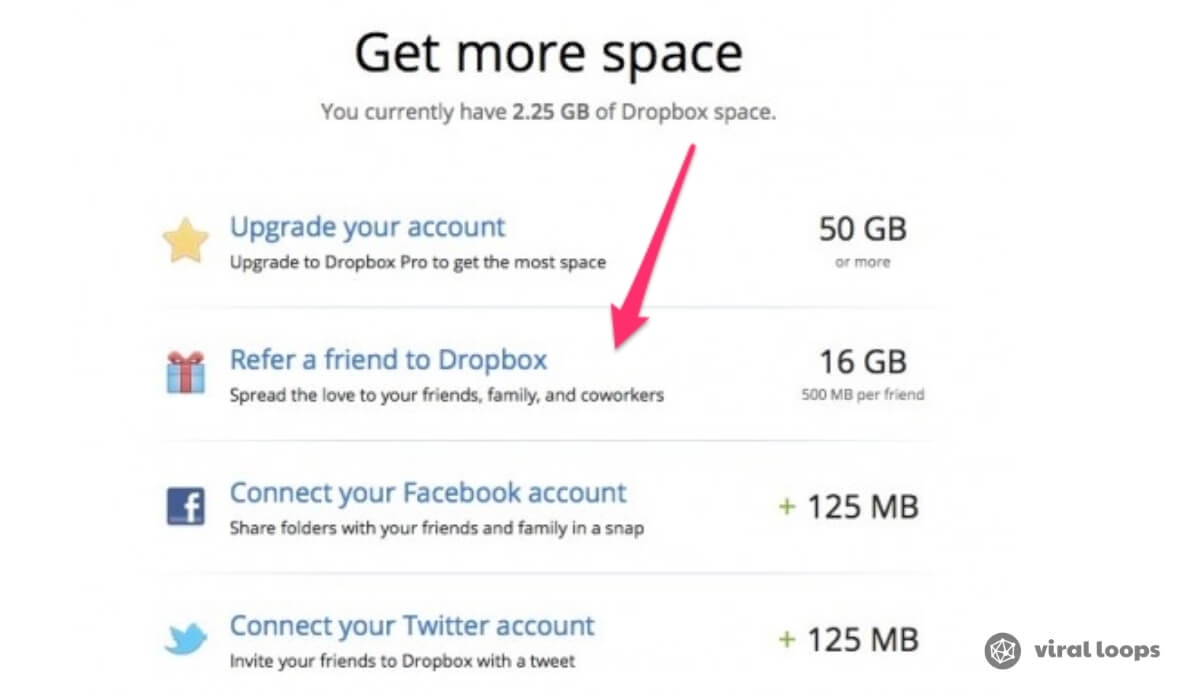
Why this approach generated exceptional results: The reward provided genuine value that directly related to why people used the product in the first place.
Additionally, the entire process was incredibly simple and frictionless—users could share referral program links with just a few clicks.
This demonstrates how modern tools make similar programs accessible to any business.
This demonstrates how modern tools make similar programs accessible to any business.
Platforms like Viral Loops enable companies to implement sophisticated referral systems without requiring extensive development resources, offering templates that streamline the entire setup process.
Key tactics that made their program successful:
- Designed referral rewards that provided genuine value for both parties involved in the transaction
- Integrated sharing mechanisms seamlessly into the core user experience rather than treating them as separate marketing activities
- Continuously tracked performance metrics and optimized based on what actually drove successful sign-ups and long-term user engagement
- Made the sharing process incredibly simple with one-click options and pre-written messages
- Provided clear visibility into referral progress and rewards earned
Example #3: Notion – Community-Led Growth Excellence
Notion achieved explosive growth marketing success by embracing and amplifying their most passionate users, transforming them into effective brand advocates who created content, provided support, and attracted new customers organically.
What they strategically implemented: They observed that users were already creating valuable content about Notion—detailed tutorials, creative templates, productivity tips, and workflow examples.
Instead of trying to control this organic content creation, they decided to support and systematically amplify it through structured programs.
The community-driven strategy: They built formal ambassador programs that identified influential users who were already promoting Notion independently, then provided these brand advocates with resources, recognition, and direct access to company leadership.
This formalized existing customer relationships while providing structure for scaling community impact.
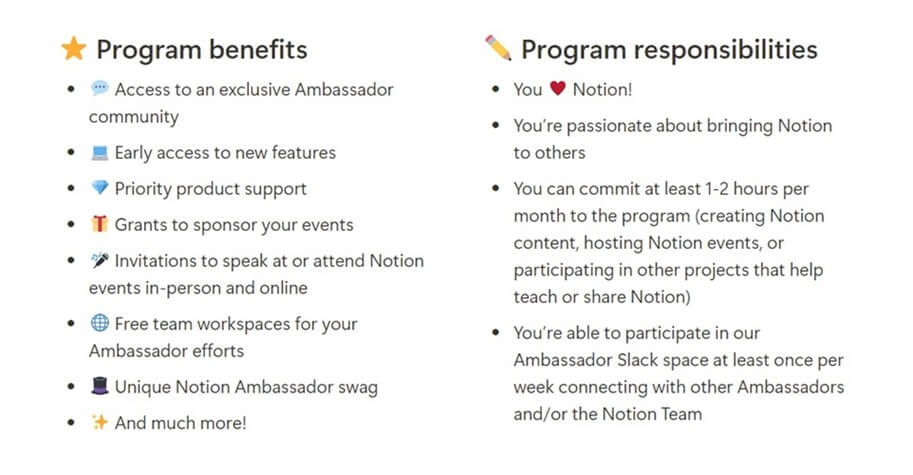
Why this approach generated remarkable results: User-created content naturally feels more trustworthy and helpful than brand-created marketing materials because it comes from peers who have no financial incentive to exaggerate benefits.
Additionally, different community members explained features and use cases in ways that resonated with diverse audiences and learning styles.
Key tactics that drove community growth:
- Systematically identified and supported natural advocates who were already creating content and helping other users
- Created dedicated platforms and spaces where users could easily share knowledge, templates, and best practices with each other
- Provided valuable resources and recognition without attempting to control or overly influence the messaging and content creation
- Facilitated direct communication between community leaders and product development teams for feature discussions and customer feedback
- Established clear guidelines that maintained community quality while encouraging authentic participation and contribution
Example #4: Slack – Product-Led Growth Mastery
Slack demonstrated the power of product-led growth marketing strategies by allowing their exceptional product experience to handle most of the selling process, creating natural upgrade motivations rather than relying on aggressive sales tactics.
What they strategically implemented: They offered a generous free version that provided substantial value and allowed teams to accomplish meaningful work without any financial commitment.
This removed traditional barriers to adoption while demonstrating clear value propositions through actual usage rather than marketing campaigns promises.
The product-first growth strategy: They focused intensively on customer experience first and revenue generation second.
The platform was designed to make work communication so much better that upgrading felt like an obvious next step rather than a pressured sales decision.
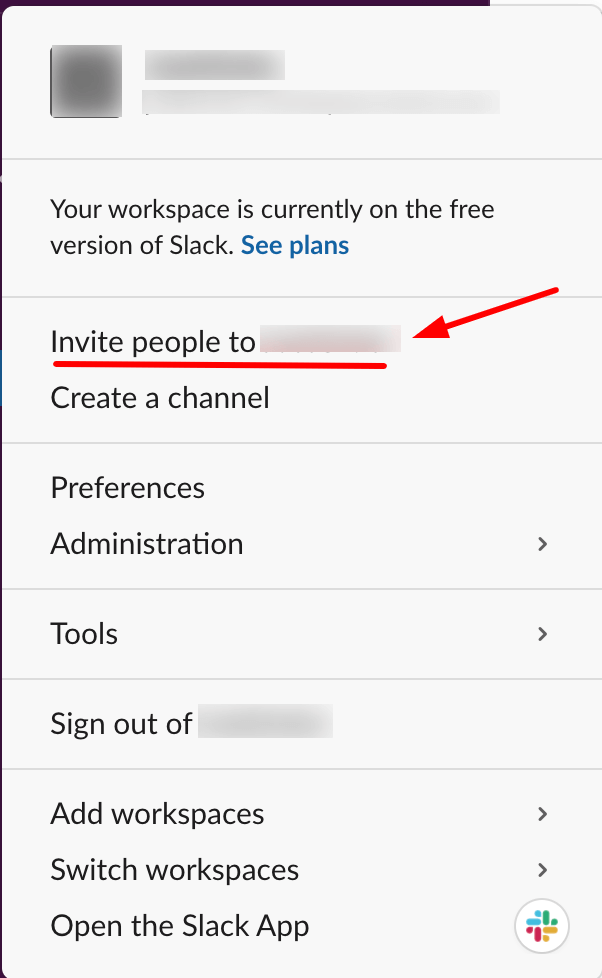
Why this approach proved so effective: When something genuinely improves your daily work experience and makes collaboration easier, you naturally want expanded access to those benefits.
Teams that successfully adopted Slack became internal advocates for expanding usage to other departments and increasing feature access.
Key tactics that enabled product-led growth:
- Generous free tier that provided genuine value and allowed teams to accomplish real work without limitations that felt arbitrary
- Smooth, logical upgrade path that activated when teams naturally needed additional features, storage, or advanced functionality
- Consistent focus on user experience optimization over aggressive sales tactics or feature limitations designed to force upgrades
- Viral adoption patterns within organizations where successful teams inspired other departments to request access
- Integration capabilities that made Slack increasingly valuable as teams connected more of their existing tools and workflows
Example #5: Airbnb – Trust Through Transparency and Authenticity
Airbnb solved a fundamental challenge that could have prevented their entire business model: how do you create trust between strangers who are sharing intimate spaces like homes?
They transformed transparency into their core competitive advantage through systematic community building.
What they strategically implemented: They created comprehensive systems where both hosts and guests reviewed each other after every interaction.
This bidirectional accountability built trust while providing valuable customer feedback that helped both parties make better decisions about future interactions.
The trust-building strategy: User-generated content became their primary marketing material, completely replacing standard marketing approaches.
Real photos from actual stays, honest reviews from genuine guests, and authentic stories about unique experiences created emotional connections that professional marketing campaigns couldn’t match.
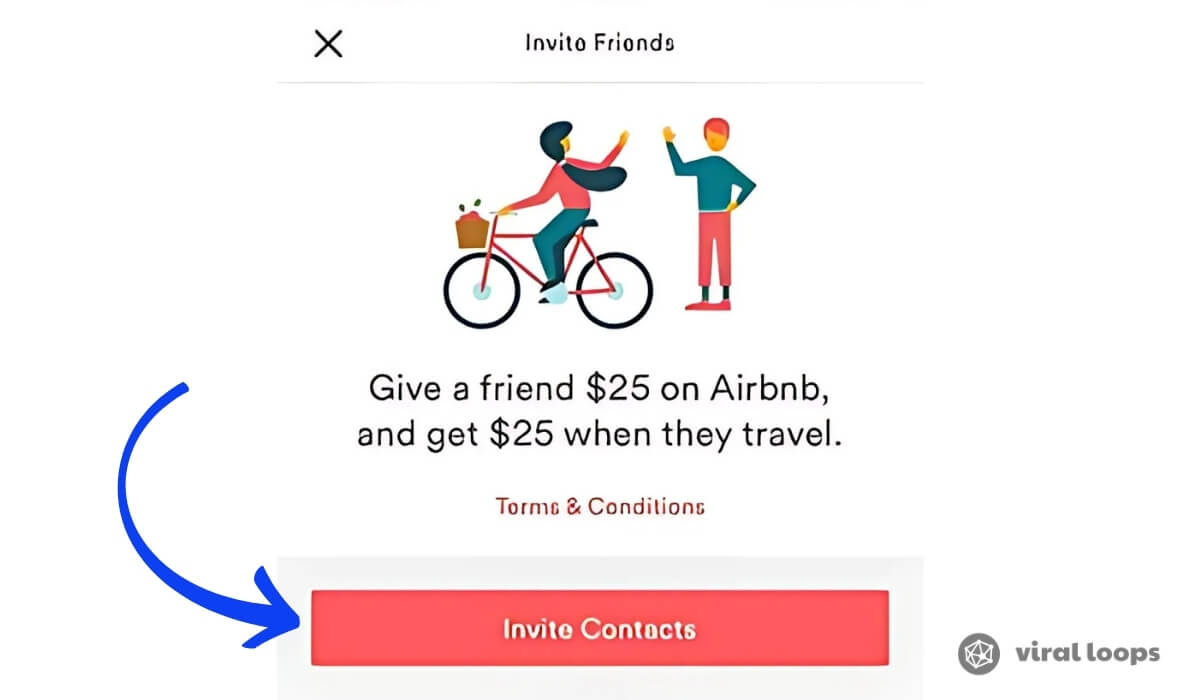
Why this transparency approach worked: Travelers gained genuine insights from people with similar backgrounds and travel styles, while hosts felt accountable for providing consistently good experiences because they knew their reputation depended on customer satisfaction.
Key tactics that built platform trust:
- Comprehensive review systems that created accountability for both hosts and guests while providing valuable information for future users
- Authentic photos and descriptions from real users instead of professional marketing photography that could misrepresent actual experiences
- Personal stories and detailed experiences that created emotional connections and helped travelers envision their own potential experiences
- Clear community guidelines and support systems that maintained quality standards while encouraging authentic participation
- Dispute resolution processes that protected both parties and maintained confidence in the platform
Example #6: Netflix – Personalization at Scale
Netflix understood that content discovery represented a make-or-break factor for customer retention rate in an increasingly crowded streaming market.
They invested heavily in understanding individual preferences and creating personalized experiences that made their platform feel uniquely valuable to each user.
What they strategically implemented: They developed sophisticated recommendation systems that analyzed not just viewing history, but complex user behavior patterns including completion rates, viewing times, device preferences, and even seasonal watching patterns to create nuanced user profiles.
The personalization strategy: They focused on making every user feel like the platform was specifically designed for their individual tastes and preferences.
This reduced the effort required to find engaging content while increasing the likelihood that users would discover new shows and movies they genuinely enjoyed.
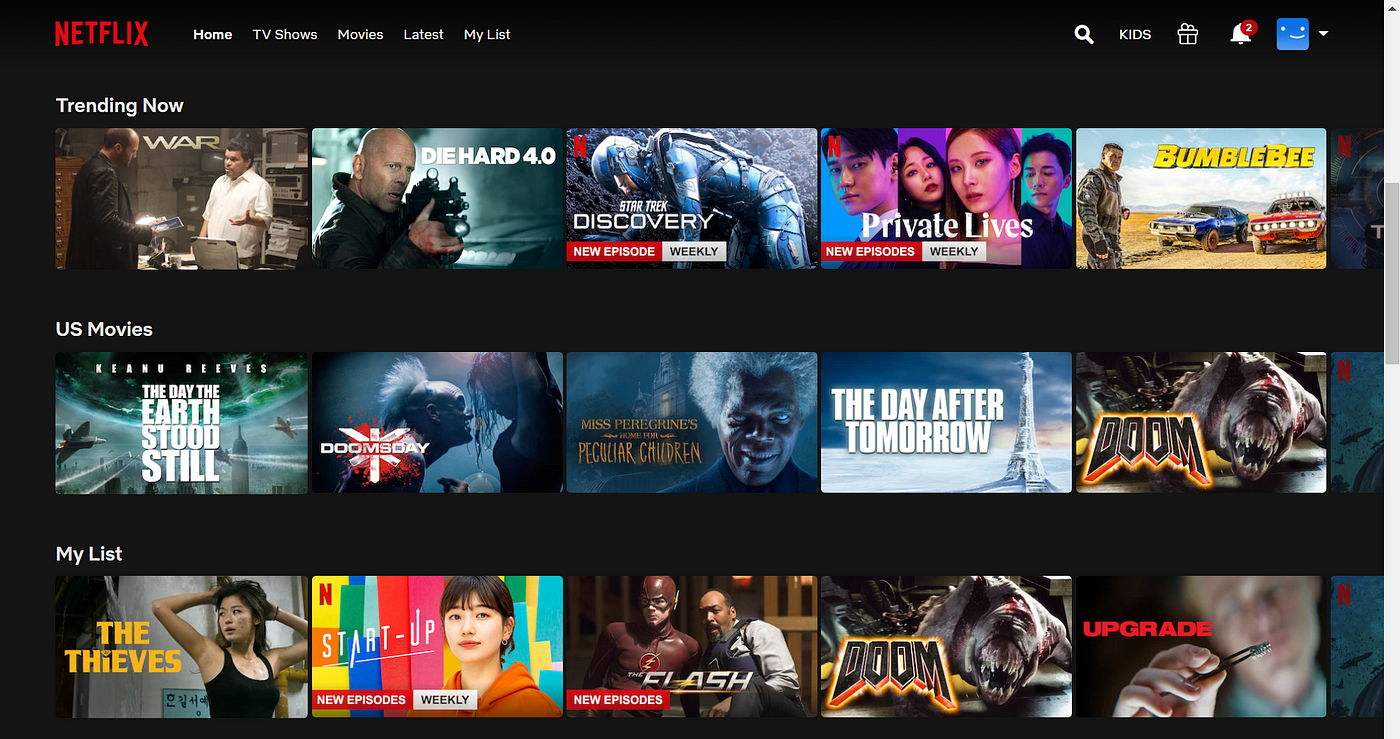
Why personalization drove customer retention: Customized experiences keep people engaged significantly longer and reduce the likelihood they’ll cancel subscriptions in favor of competing platforms.
When users consistently find content they love without extensive searching, the platform becomes an essential part of their entertainment routine.
Key tactics that enabled personalization at scale:
- Advanced customer data analysis systems that processed enormous amounts of user behavior data to identify meaningful patterns and preferences
- Continuous testing and optimization of recommendation algorithms based on user engagement and customer satisfaction metrics
- Strategic content curation that balanced user preferences with business objectives and content acquisition costs
- Investment in original content creation that provided exclusive value while generating additional data about user preferences
- Cross-platform consistency that maintained personalized experiences whether users accessed content via television, mobile devices, or computers
The 4 Most Effective Growth Marketing Strategies
Now let’s examine specific, actionable strategies you can implement regardless of your industry or business size.
These four approaches have proven effective across diverse markets and company stages, from early-stage startups to established enterprises.
Strategy #1: Build a Strategic Referral Marketing Program
Referral marketing consistently delivers some of the highest return on investment of any marketing strategy, often outperforming paid ads, content marketing, and social media campaigns.
This effectiveness stems from fundamental human psychology: people inherently trust recommendations from friends, family, and colleagues more than any form of paid advertising.

Why referral marketing produces exceptional results:
- Significantly higher conversion rates (referred customers typically convert 3-5 times better than other acquisition channels)
- Superior customer lifetime value (referred customers tend to stay longer and spend more over time)
- Lower customer acquisition costs (you leverage existing relationships rather than paying for cold outreach)
- Built-in quality filter (people usually only refer friends to products and services they genuinely believe in)
- Compounding business growth effects (successful referrals can become referrers themselves, creating exponential expansion)
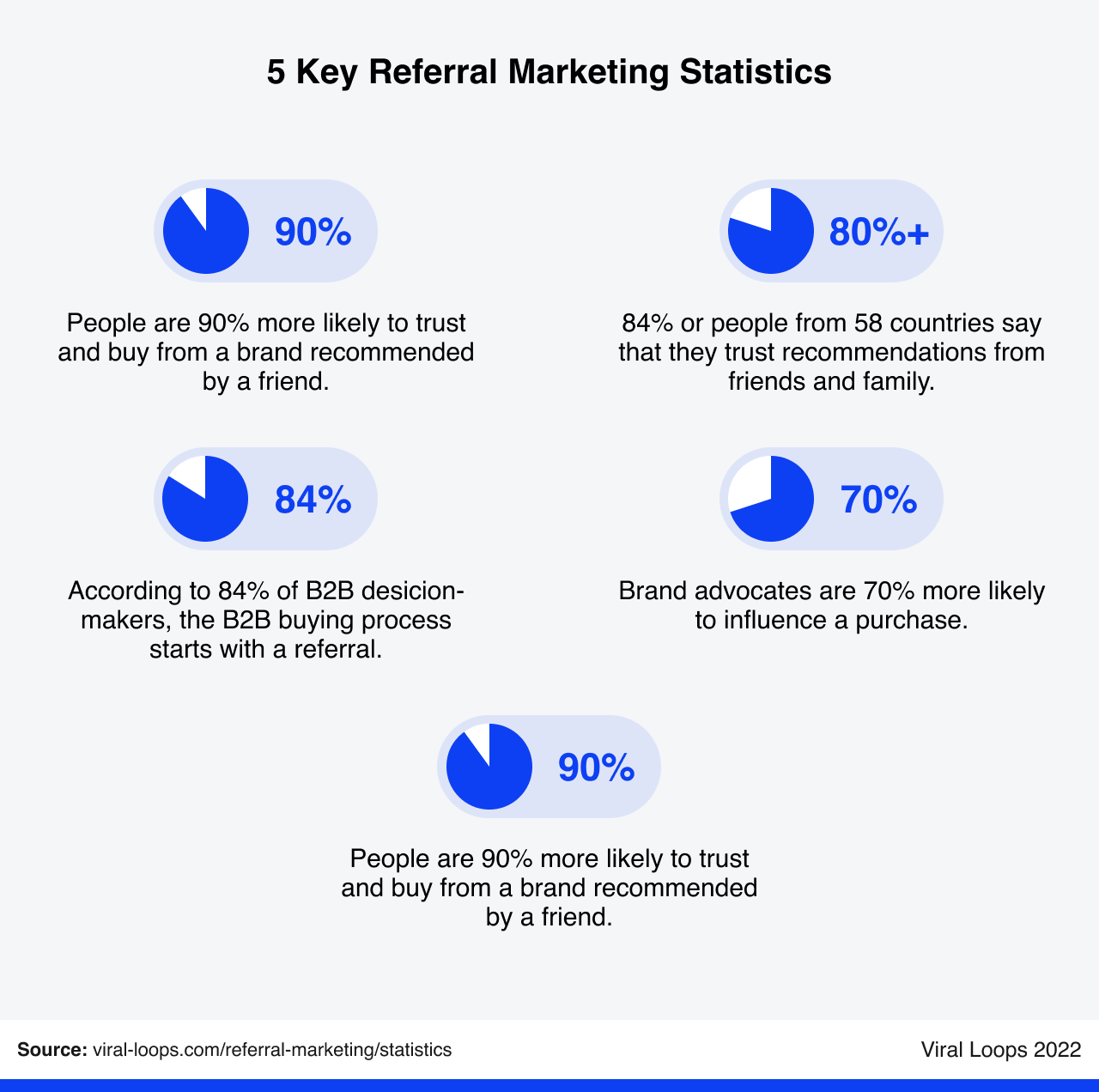
How to get started with referral marketing:
Begin with a simple approach rather than trying to build complex systems immediately.
Even a basic “refer a friend” program can generate significant results if designed thoughtfully and promoted consistently.
Modern tools have made sophisticated referral programs accessible to businesses of all sizes.
Platforms like Viral Loops eliminate the technical barriers that previously required extensive development resources, democratizing access to growth marketing strategies that were previously only available to companies with large development teams.
Implementation checklist:
- Start with one simple reward structure (like 10% off for both parties)
- Set up basic tracking to measure referral sources and conversion rates
- Create easy sharing options (one-click social media, email templates)
- Test different messaging approaches with small customer segments
- Monitor customer acquisition costs versus other channels
- Scale successful elements while eliminating what doesn’t work
Recommended Reading: How to Set Up a Referral Program for Your Business in 5 Steps
Essential elements for referral program success:
- Create meaningful rewards that benefit both referrers and new customers equally
- Simplify the sharing process with intuitive, one-click options
- Track performance comprehensively to identify and scale successful elements
- Experiment with different incentives and messaging to optimize for your audience
- Maintain transparent communication about program progress and earned rewards
- Develop easy-to-use promotional assets for various marketing channels
Strategy #2: Create Genuine Community Value
Building authentic community transforms customers from passive purchasers into active brand advocates who voluntarily promote your brand, provide valuable customer feedback, and create content that attracts new customers.
However, successful community building isn’t simply about creating another social media presence—it’s about providing real value that brings people together around shared interests and challenges.
What makes communities genuinely successful:
Thriving communities create environments where members receive value from interacting with each other, not just from consuming brand-created content.
The most successful communities facilitate meaningful peer-to-peer connections, knowledge sharing, and collaborative problem-solving that members can’t easily find elsewhere.
Getting started with community building:
Begin by identifying where your existing customers already gather online and what questions they ask most frequently.
Then create dedicated spaces where they can help each other while you provide expert guidance, exclusive content, and recognition for valuable contributions.
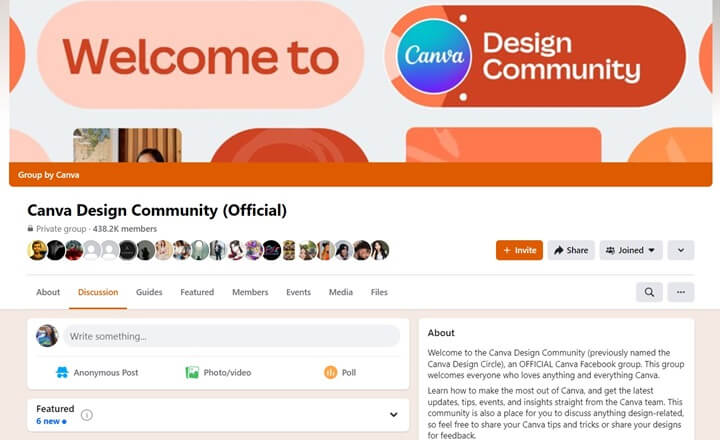
Platform options for different community types:
- Facebook Groups work well for broad, casual communities focused on lifestyle topics and general interest discussions
- Slack or Discord provide excellent options for more interactive, real-time discussions and professional networking
- Traditional forums offer benefits for detailed, searchable conversations and long-form knowledge sharing
- LinkedIn Groups serve professional communities and B2B customer relationships building
- Private membership sites create exclusive environments for premium community experiences
Implementation checklist:
- Choose one platform where your customers are already active
- Start with 2-3 regular content themes (tips, user spotlights, Q&A sessions)
- Set clear community guidelines from day one
- Engage daily for the first month to establish momentum
- Track member growth, engagement rates, and customer feedback
- Gradually introduce exclusive perks and recognition programs
Best practices for sustainable community growth:
- Lead with genuine value rather than promotional content that serves only your business interests
- Actively encourage member-to-member interactions and peer support rather than focusing only on brand-to-customer communication
- Share exclusive content, early access opportunities, and insider information that makes membership feel valuable and special
- Consistently recognize and celebrate active community members who contribute valuable content and help other members
- Establish clear community guidelines that maintain quality standards while encouraging authentic participation and diverse perspectives
- Create regular events, discussions, and activities that give members reasons to return and engage consistently
Strategy #3: Implement Smart Personalization Technology
Effective personalization doesn’t require Netflix-level algorithmic sophistication or massive data science teams.
Even relatively simple personalization can dramatically improve user engagement rates, conversion percentages, and customer satisfaction scores across your entire marketing funnel.
Getting started with personalization:
Start with basic personalization before investing in complex systems.
Most modern email marketing platforms include high-end personalization features that make implementation accessible even without being a technical expert.
Starting with fundamental personalization:
- Use customer names and personal information in email marketing communications and website experiences
- Send different content recommendations based on purchase history, user behavior, and stated preferences
- Segment email lists by customer interests, engagement levels, demographics, and behavioral patterns
- Display relevant product recommendations based on previous purchases and browsing patterns
- Customize website content based on traffic sources, geographic location, and user behavior
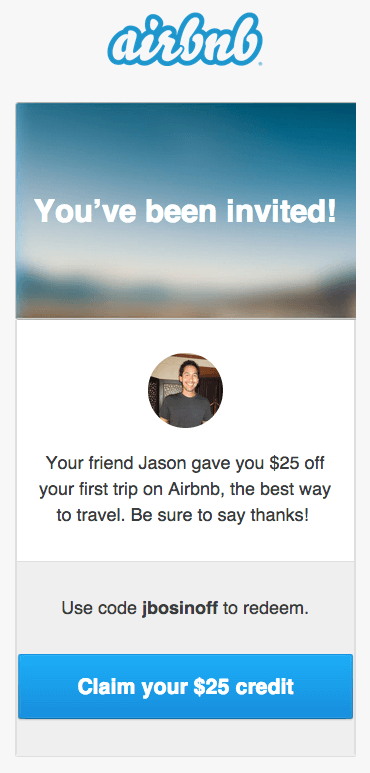
Implementation checklist:
- Begin with email personalization using customer names and purchase history
- Set up basic website personalization (returning visitor content, location-based offers)
- Create 3-5 customer segments based on behavior or demographics
- Test personalized versus generic content with A/B testing
- Track engagement metrics, conversion rates, and customer satisfaction
- Gradually add more sophisticated personalization as you collect more data
Advanced personalization opportunities:
As your business grows and you collect more customer data, you can implement more sophisticated approaches.
This includes dynamic website content that changes based on user behavior, personalized email sequences triggered by specific actions, behavior-based marketing automation, and customized product recommendations using machine learning algorithms.
Technology tools that enable personalization:
Most modern email marketing platforms now include robust personalization features that make implementation accessible without requiring technical expertise.
Customer relationship management (CRM) systems can track interactions and preferences to enable personalized communication across multiple marketing channels.
Marketing automation platforms can trigger personalized messages based on user behavior and customer journey stage.
Key metrics to track for personalization effectiveness:
- Open rates and click-through rates comparing personalized versus generic content performance
- Conversion rates for personalized experiences versus standard website and email experiences
- Customer satisfaction scores and feedback related to personalized interactions
- Time spent engaging with personalized content compared to generic alternatives
- Revenue impact from personalized product recommendations and targeted offers
Strategy #4: Master Strategic Content Marketing
Content marketing helps drive business growth by providing valuable information that attracts potential customers, engages existing customers, and positions your brand as a trusted authority in your industry.
This approach builds genuine customer relationships and trust over time rather than relying solely on interruption-based advertising.
Getting started with content marketing:
Create content that serves customers at every stage of their decision-making journey, from initial awareness through long-term retention and advocacy.
The full-funnel content marketing approach:
Create content that serves customers at every stage of their decision-making customer journey, from initial awareness through long-term retention and advocacy.
- Awareness stage content: Educational materials that help people understand their challenges and explore potential solutions without immediately pushing your products
- Consideration stage content: Detailed comparison guides, case studies, and solution-focused content that helps prospects evaluate different options
- Decision stage content: Customer testimonials, detailed product information, pricing guides, and trial offers that address final purchase concerns
- Retention stage content: Advanced tips, exclusive insights, user communities, and ongoing education that keeps existing customers engaged and successful
Implementation checklist:
- Start with one content type that matches your expertise (blog posts, videos, or guides)
- Create a simple editorial calendar with weekly or bi-weekly publishing schedule
- Focus on solving one specific problem your customers face regularly
- Set up basic analytics to track traffic, engagement, and lead generation
- Repurpose successful content across multiple channels (blog to social to email)
- Gradually expand to additional content types and distribution channels
Content types that consistently perform well:
- Comprehensive how-to guides that solve real, specific problems your customers face regularly
- Behind-the-scenes stories and company culture content that builds personal connections and trust
- User-generated content and customer success stories that provide authentic social proof
- Interactive content like calculators, quizzes, and assessment tools that provide immediate value
- Video content that explains complex concepts or demonstrates product benefits clearly
- Industry insights and trend analysis that positions your brand as a knowledgeable authority
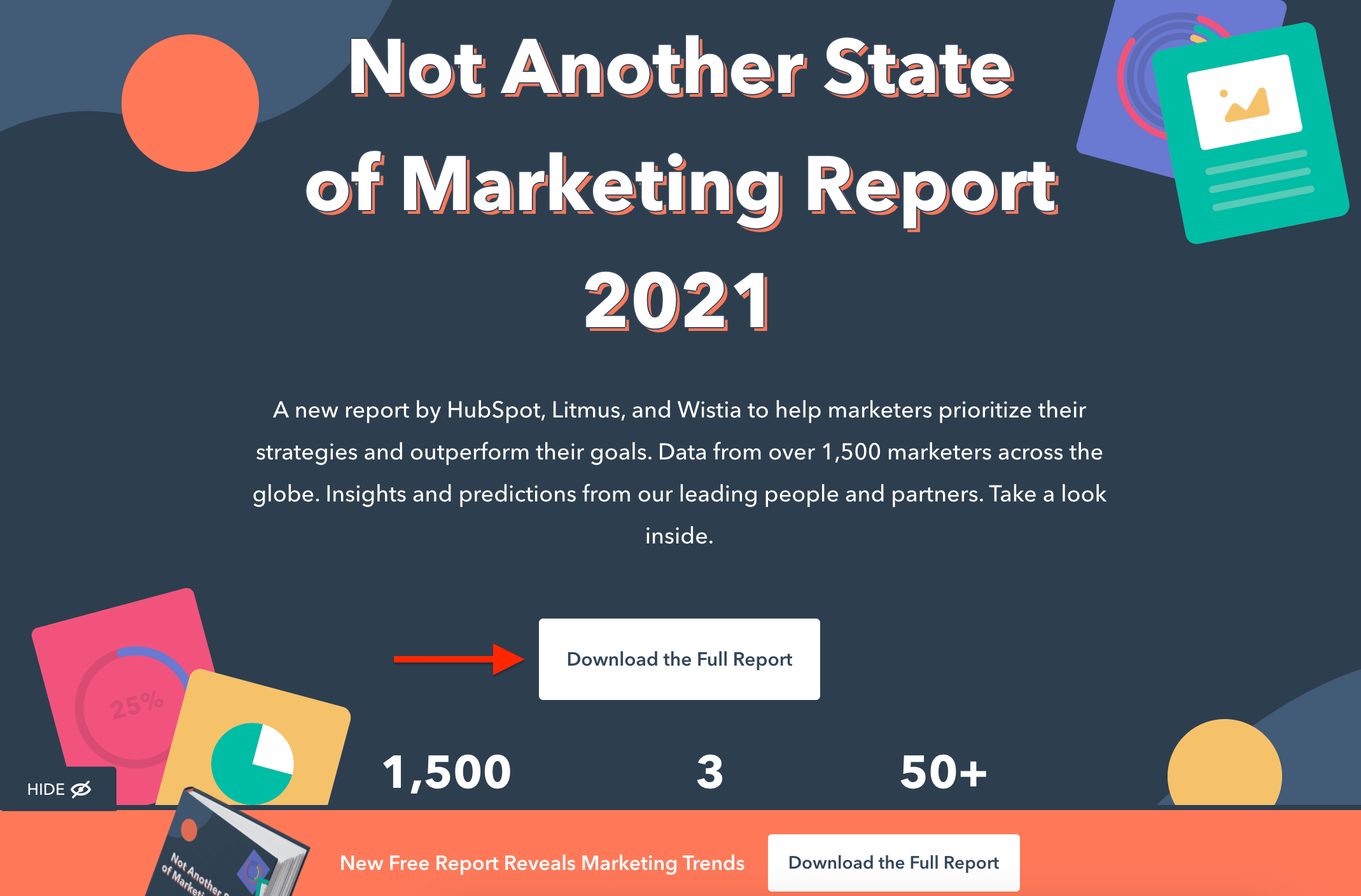
Measuring content marketing success:
Track both engagement metrics and business outcomes to understand what content truly drives results rather than just generating vanity metrics.
- Website traffic, time on page, and bounce rates indicate content quality and relevance
- Social media engagement, shares, and comments show how well content resonates with your target audience
- Email open rates, click-through rates, and subscription growth demonstrate audience interest and value perception
- Lead generation and conversion rates reveal which content actually drives business results
- Customer feedback and surveys provide qualitative insights about content value and effectiveness
Conclusion
Growth marketing strategies represent a fundamental shift from traditional marketing toward comprehensive customer lifecycle management.
The companies profiled here—from Glossier’s community approach to Dropbox’s referral excellence—prove that sustainable business growth comes from creating genuine value rather than just focusing on acquisition.
Success depends on choosing effective growth marketing strategies that align with your target audience and resources. Whether you focus on referral marketing, community building, personalization, or content marketing, consistency and measurement remain crucial.
The most successful programs combine multiple approaches while maintaining focus on customer experience.
Ready to start? Choose one strategy from this guide that fits your situation, and then combine it with referral marketing.
Focus on excellent implementation rather than trying everything at once, and use data to guide your optimization marketing efforts.
Sign up for a free trial of Viral Loops today to guarantee a successful growth marketing strategy.
FAQs
What are the 4 basic marketing strategies for growth?
Market penetration, market development, product development, and diversification from the Ansoff Matrix.
What are the 4 brand growth strategies?
Brand extension, brand stretching, new brand creation, and brand acquisition strategies.
What is a growth strategy in marketing?
A data-driven plan to increase market share, customer base, and revenue sustainably.
What is the 3 3 3 rule in marketing?
Customers need three exposures across three marketing channels within three days for effective recall.
